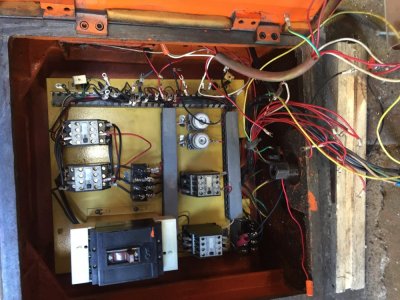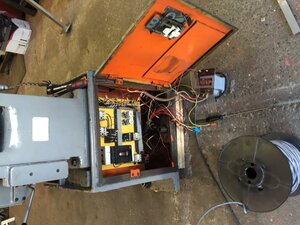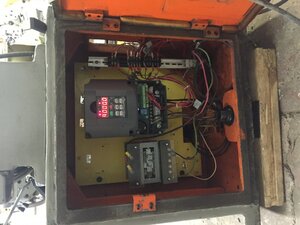Tom Kitta
Ultra Member
My small lathe has a build in variable speed - the main usefulness is when facing - you can put her on power feed and change speed as diameter is changing. Other then facing there is little use for var - I guess sometimes you run her too slow or fast on first pass @ changing speed on the fly is of use.
On geared machine the work around is to face part of it on speed A and the other part on speed B (or go A B C for larger parts).
On a belt based milling machines adding var is great help as changing belt speeds is a hassle in many cases. Geared milling machine usually does not benefit much if at all from adding var (ability to run it faster and slower then designed).
Also I can see benefit of var for some machines that can be run under or over speed. On that front however, many machines are already run 20% faster due to Hz change from World -> North America. So it is not a great idea to overspeed something that is already 20% too fast - maybe on some machines that have their low speed a bit high?
Benefits of var for each machine should be evaluated to that specific machine. For example, for my large lathe I would rather have a clutch build into it then var.
On geared machine the work around is to face part of it on speed A and the other part on speed B (or go A B C for larger parts).
On a belt based milling machines adding var is great help as changing belt speeds is a hassle in many cases. Geared milling machine usually does not benefit much if at all from adding var (ability to run it faster and slower then designed).
Also I can see benefit of var for some machines that can be run under or over speed. On that front however, many machines are already run 20% faster due to Hz change from World -> North America. So it is not a great idea to overspeed something that is already 20% too fast - maybe on some machines that have their low speed a bit high?
Benefits of var for each machine should be evaluated to that specific machine. For example, for my large lathe I would rather have a clutch build into it then var.



